Visiting a Gassho-Zukuri, Travel Photo Mondays
It’s Monday morning, time to enjoy some gorgeous travel photography and inspiration from around the world. Let’s banish those Monday blues by sharing gorgeous imagery and story telling.
Visiting a Gassho-Zukuri
I’m going to take you back to Shirikawago in the Japanese Alps to go inside on of the famous Gassho-Zukuri homes that have made this village a Unesco World Heritage site and it’s a beautiful home to tour. The village is remarkably well maintained and intact because many of the homes have been converted into small inns, museums, shops and restaurants. One of the largest ones available to tour is the Wada home, a large three-story home belonging originally to the Wada family and a museum even though it is still being used privately as a home. Due to its unique large size and structure, the home which is over 300 years old, is now a national treasure and is open for everyone to visit and tour the entire structure.
Typical of the homes in the village, there are many small streams that fill up the rice beds around the village and connect back to the Shokawa river which the main river running through the valley floor and adjoining the village. The dried up rice stalks make up the eves of each home in the village, and is a tradition of building organically from the foundation that has been passed down through the generations and even built with community effort because the thatch has to be maintained and eventually replaced. Unlike most Japanese homes that have low ceilings to conserve heat, this home is a wide and open floor plan with relatively high walls and large beams.
During the Edo period, the home was used as the mayor’s home, it was a silk production facility and was also a commerce facility. Building the foundation alone took over four years to prepare with organic materials including dirt, silk worm feces, human urine and grass mixed together to form the base. Upon entering, there is a large wooden main room with large display cases holding the family lacquer and personal treasures. The two rooms adjoining the main room below, represent the lounge to take tea and enjoy views of the back garden, the other to hold the family batsudan or family shrine.
Upstairs on the second floor is a whole operation set up for silk worm production. Tools and other working equipment is housed in this level with signage to explain some of the key aspects of silk production in these facilities. From the photo below, you can see huge timbers used and the elaborate rope and twining details.
- View from upstairs bedrooms
Extensive rice beds are laid out throughout the village and feed by a variety of streams. The rice stalks are cut after the rice is collected and use for creating the thick stalks of thatch roofing material that is necessary to insulate and protect from the large amounts of snow that fall in the area from December to March timeframes. The homes are also aligned with the river facing north to south to maximize the sunshine and protect from the severe winds and snowfall during the winter time.
Above, large picture windows placed on every level show magnificent views of the village, landscape, surrounding mountains and scenic countryside. The homes are wonderfully located to capture gorgeous views and at the same time laid out to maximize light conditions and strengthen the structures. There are a few more wonderful homes that have also been converted to museums and shops and are open for the public for viewing.
It was a fun visit to Shirikawago in Japan, I hope you enjoyed the tour for Travel Photo Mondays. Please come and visit the blogs below for more interesting places to visit around the world today.
If you like this post on Visiting a Gassho-Zukuri, please consider subscribing to the blog by email below – also I appreciate it if you could share this post with any of the social media buttons located below and around the post, thank you!

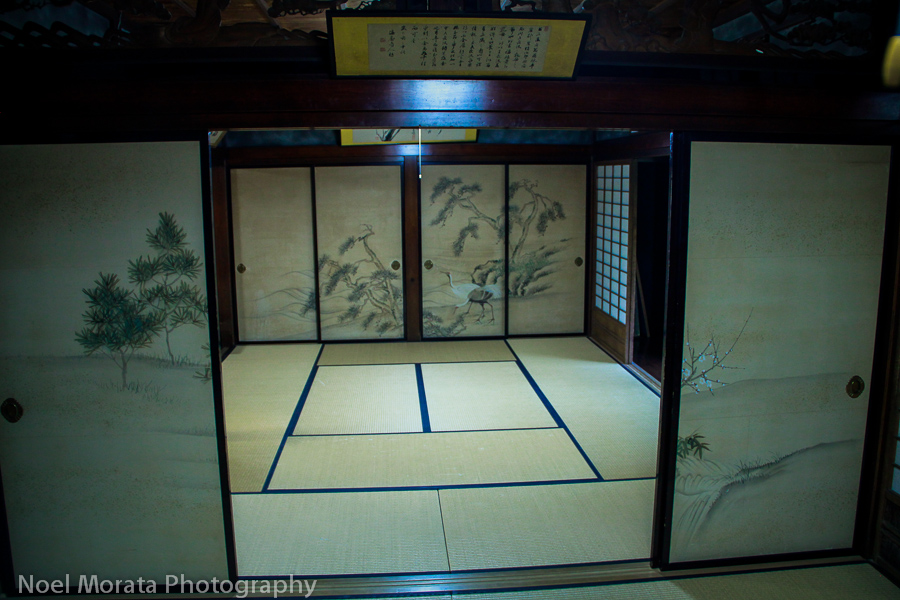

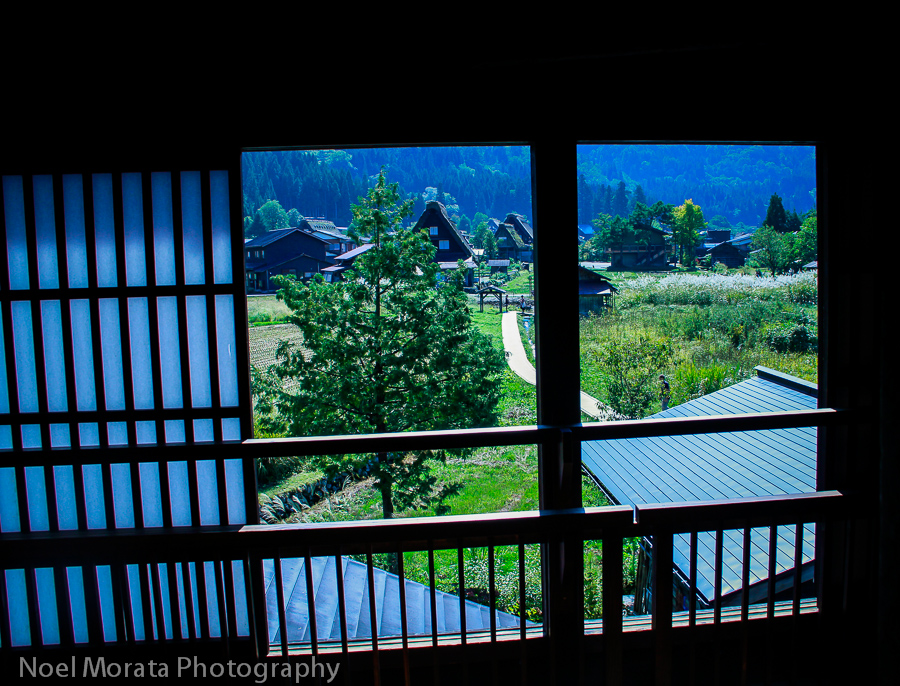
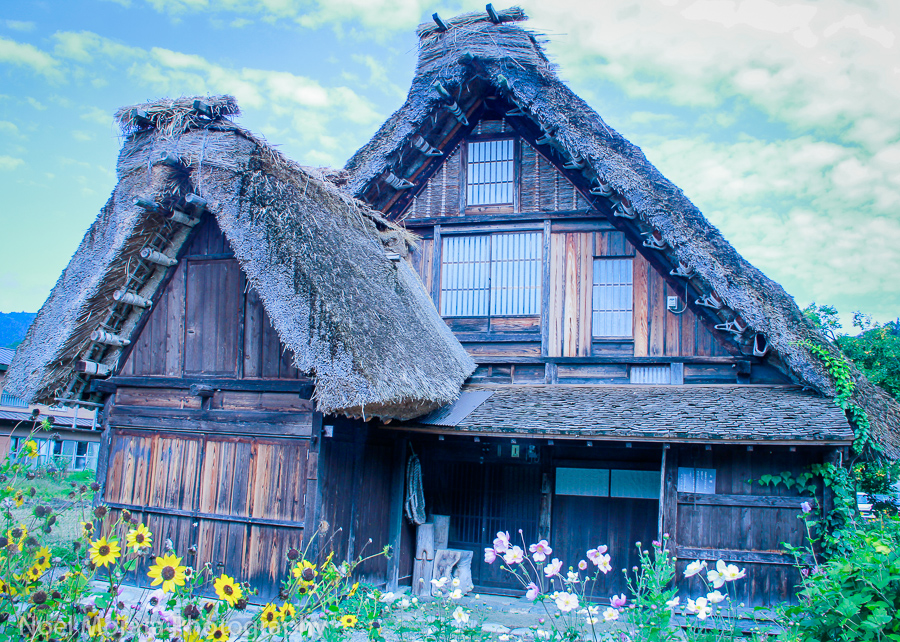
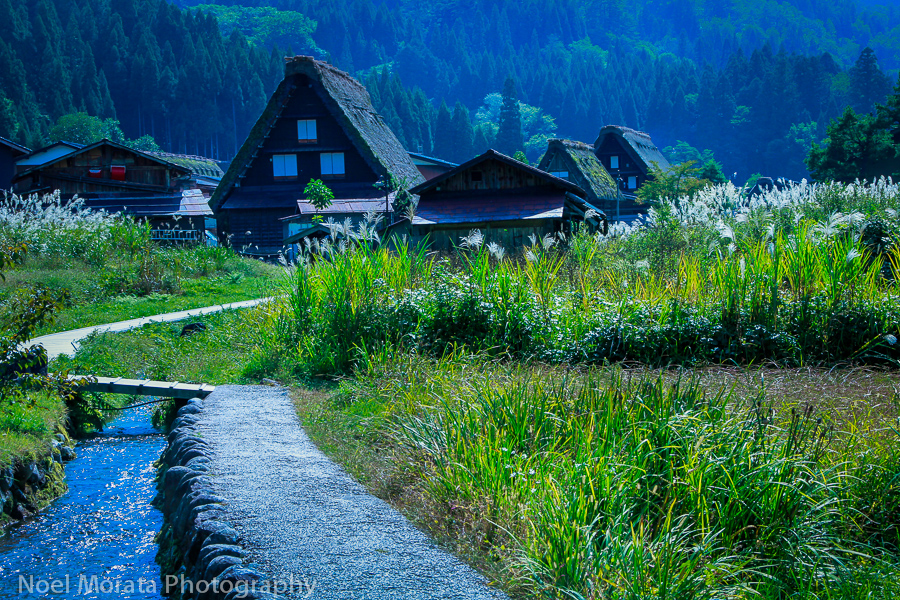
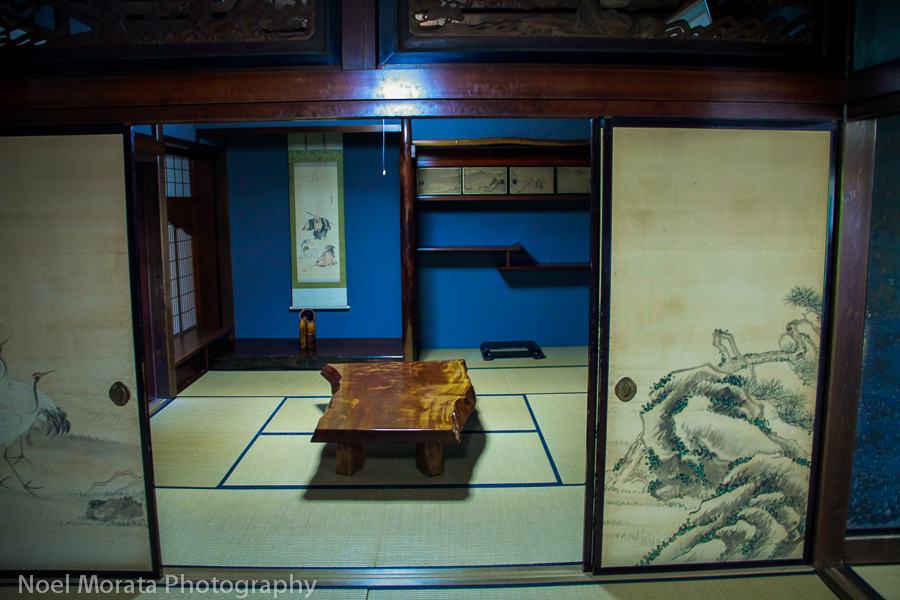
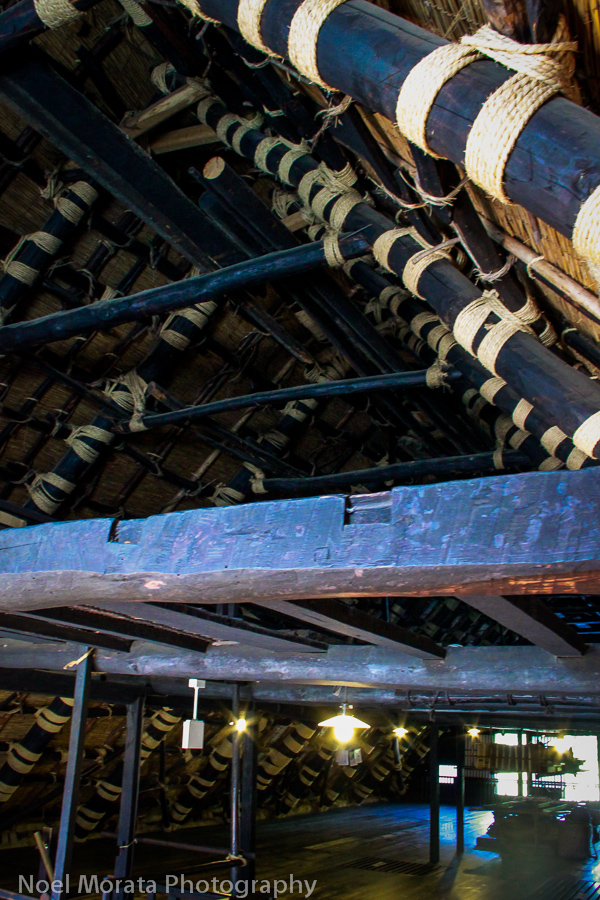
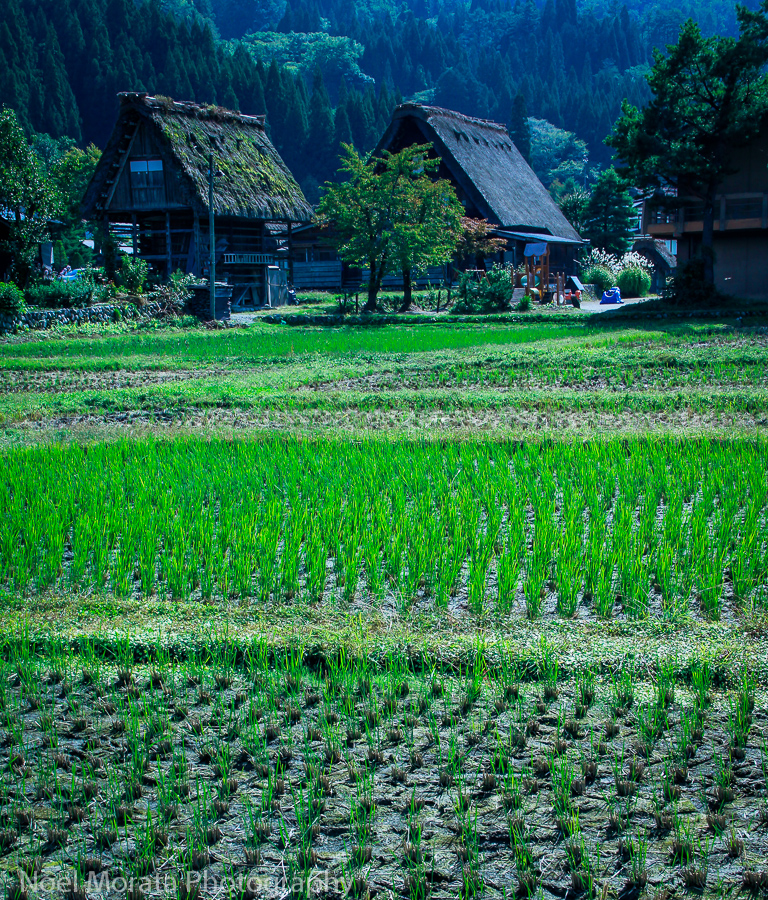
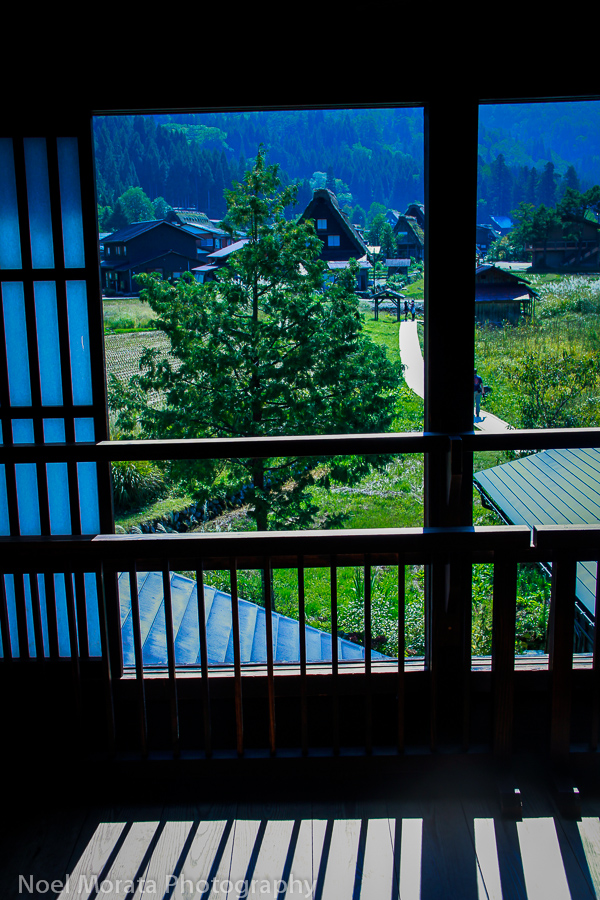

it would have been nice to see those buildings for myself. The rooms are so beautiful.
The simplicity and the purist architecture are quite stunning. So too the colours and the silk screens are just gorgeous. The views through the windows also looks stunning. Thanks for your wonderful photos of the Shirikawago homes, Noel.
Wonderful shots of the place.
The simplicity and surroundings of these homes is so beautiful… thank you for the tour!
This post about Gassho-Zukuri homes is very interesting, thanks for posting. I’d love to see them myself some day!
I enjoyed the tour. I love the image with the paddy field in front, the village in the middle, and the forests behind. Lovely.
I have never heard of the Shirikawago or the Gassho-Zukuri homes and they’re so charming, unique and beautiful. I also love their simplicity. Stunning countryside and befitting of a UNESCO site.
Those are amazing traditional homes. It’s impressive that they’re completely built out of organic materials and that their placement is well thought of to maximize view and to be protected from elements. The interiors are beautiful – especially the silk screens and the giant beams- and the surrounding looks breathtaking. Thanks for this tour of the Shirikawago homes. I really enjoyed it.